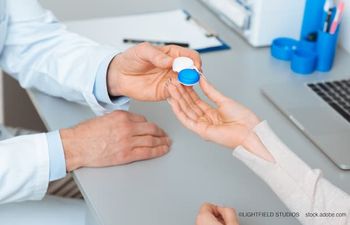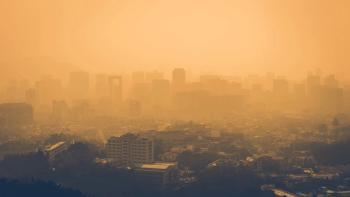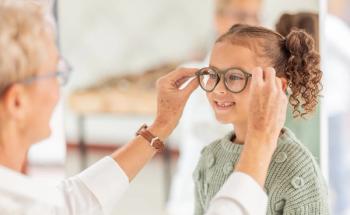
Samsung upcycles old Galaxy phones for eye care
Used smartphones attach to handheld fundus cameras to become eye care devices in developing countries
Samsung’s Galaxy Upcycling Program will repurpose old Galaxy smartphones into medical diagnosis cameras helping underserved populations in Vietnam, India, Morocco, and Papua New Guinea.
The company partnered with the International Agency for the Prevention of Blindness (IAPB) and Yonsei University Health System (YUHS) in Korea to create the medical devices used in its program.1
The tools are created by attaching smartphones to a handheld fundus camera, called Eyelike, designed by Samsung.1 Eyelike comes with a lens attachment for fundus diagnosis, according to the company.
The World Health Organization (WHO) reports at least 2.2 billion people around the globe have a form of vision impairment, and close to half of these cases are preventable or have yet to be addressed.2
“People around the globe face barriers to accessing fundamental health care, and we saw an opportunity to engineer smart, innovative solutions that reuse products to drive more sustainable practices and make a positive impact in our communities,” says Sung-Koo Kim, vice president of sustainability management office, mobile communications business at Samsung Electronics, in a statement. “This program embodies Samsung’s belief that technology can enrich people’s lives and help us build a more equitable and sustainable future for all.”
Eyelike cameras are being distributed to workers in low-income regions, the company says.
References
1. Samsung’s EYELIKE fundus camera repurposes Galaxy smartphones to improve access to eye care. Samsung Newsroom. April 7, 2021. Accessed April 26, 2021. https://news.samsung.com/global/samsungs-eyelike-fundus-camera-repurposes-galaxy-smartphones-to-improve-access-to-eye-care
2. Blindness and vision impairment. World Health Organization. February 26, 2021. Accessed April 26, 2021. https://www.who.int/news-room/fact-sheets/detail/blindness-and-visual-impairment#:~:text=Globally%2C%20at%20least%202.2%20billion,uncorrected%20refractive%20errors%20and%20cataracts.
Newsletter
Want more insights like this? Subscribe to Optometry Times and get clinical pearls and practice tips delivered straight to your inbox.



















































.png)


